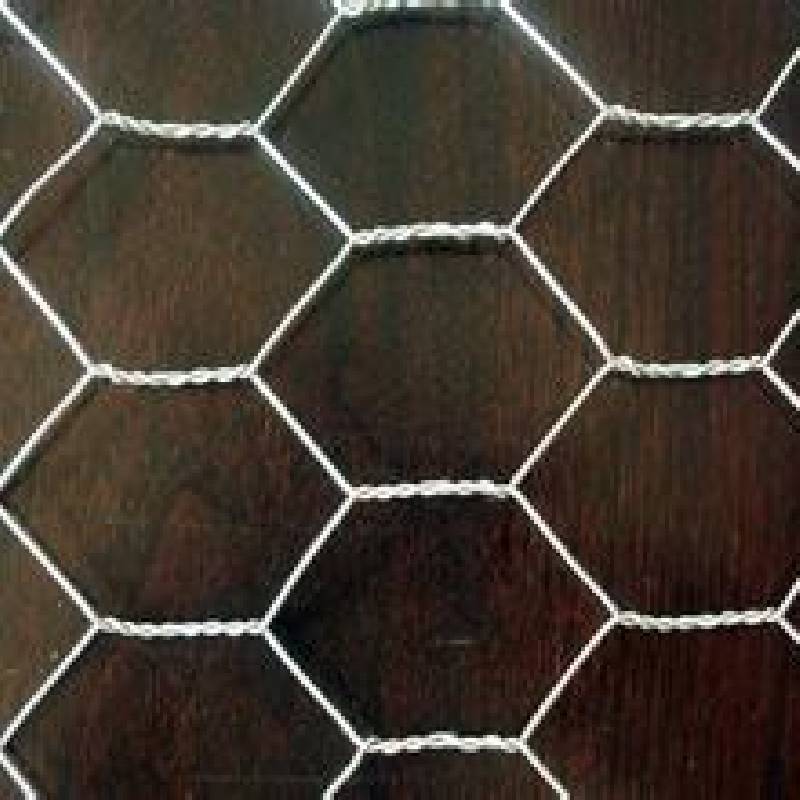
- Mobile Phone
- +8613931874955
- sales@cntcmetal.com
Understanding the Dynamics of Coil Spring Extension in Mechanical Systems
Understanding Coil Spring Extension
Coil springs are vital components in various mechanical systems, providing the necessary flexibility and support that many applications require. Whether used in automotive suspensions, machinery, or even consumer products, understanding the behavior and extension of coil springs is essential for designing effective systems. This article delves into the mechanics of coil spring extension, its implications, and its relevance across different fields.
The Basics of Coil Springs
A coil spring is a spiral-shaped spring that absorbs energy when compressed or stretched. The primary role of a coil spring is to store and release energy. The spring's design allows it to return to its original shape after the weight or force is removed, making it an ideal solution for applications that require elasticity and resilience.
Coil springs are usually constructed from high-tensile strength steel or other materials that can withstand significant stress. The design can vary in terms of diameter, wire thickness, and the number of coils, all of which influence the spring's overall performance. The characteristics of a coil spring are primarily determined by Hooke's Law, which states that the force exerted by a spring is proportional to its extension or compression.
Understanding Spring Extension
Coil spring extension refers to how much the spring elongates when a load is applied. This extension can be calculated using the formula derived from Hooke’s Law
\[ F = k \cdot x \]
Where - \( F \) is the force applied, - \( k \) is the spring constant (a measure of the stiffness of the spring), - \( x \) is the displacement or extension of the spring from its resting position
.The spring constant \( k \) is crucial in determining how much a spring will extend under a given load. A spring with a high spring constant will compress or extend less compared to a spring with a low spring constant when subjected to the same force.
coil spring extension

Applications of Coil Spring Extension
1. Automotive Industry Coil springs play a fundamental role in vehicle suspension systems. They cushion the impact of bumps and uneven surfaces, ensuring a smooth ride. The extension of these springs directly affects the vehicle's handling and stability. Engineers must carefully calculate the required spring rates to maintain optimal performance.
2. Manufacturing and Machinery In various machines, coil springs are used to store energy and maintain tension. Their extension capabilities enable tools to function correctly, whether it's in assembly lines, conveyor systems, or robots. Understanding the extension characteristics of these springs allows for better design and improved operational efficiency.
3. Consumer Products From pens to mattresses, coil springs are present in everyday products. In the case of pens, the spring allows for easy retraction and extension of the writing tip, enhancing user experience. Similarly, in mattresses, springs contribute to comfort and support, adapting to body weight and movements.
Factors Affecting Coil Spring Extension
Several factors influence the extension of coil springs. These include
- Material Properties The type of material used in the spring affects its elasticity and strength. Higher quality materials can withstand more significant forces without permanent deformation. - Coil Dimensions The diameter of the coils and the thickness of the wire also impact the spring's extension capability. Thicker wire generally leads to a stiffer spring.
- Environmental Conditions Factors such as temperature, humidity, and exposure to chemicals can affect the material properties of the spring, potentially altering its extension behavior.
Conclusion
Coil spring extension is a fundamental aspect of mechanical design and functionality. Understanding how springs behave under load enables engineers and designers to create more reliable and efficient systems. As technology continues to advance, the use of advanced materials and designs will likely enhance the performance of coil springs further. Whether in automobiles, machinery, or everyday products, the principles governing coil spring extension remain essential knowledge for anyone involved in engineering and design. By appreciating the mechanics of these components, we can better harness their capabilities and optimize their applications in various industries.
share:
-
Your Source for Concrete Wall Ties and Masonry AccessoriesNewsJul.10,2025
-
Unlocking the Power of Iron Wire for Every ProjectNewsJul.10,2025
-
Explore Advanced Chain Wire and Stainless Steel Mesh FencingNewsJul.10,2025
-
Discover the Benefits of Annealed Wire ProductsNewsJul.10,2025
-
Discover China Stainless Steel Wire Mesh SolutionsNewsJul.10,2025
-
Build with Confidence Using High-Performance Masonry AccessoriesNewsJul.10,2025
-
Why Sacrificial Formwork Is Redefining Underground ConstructionNewsJun.06,2025



















